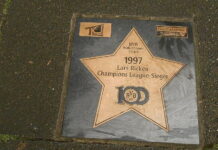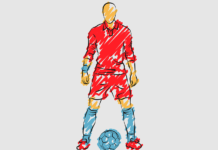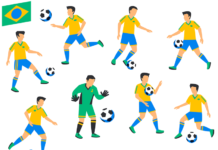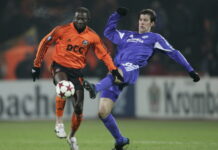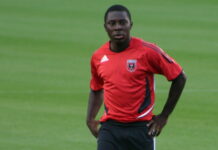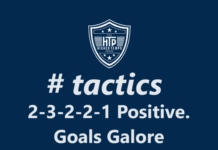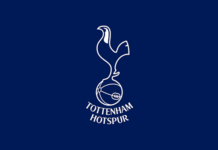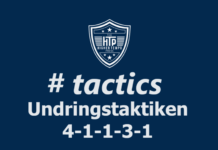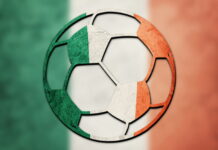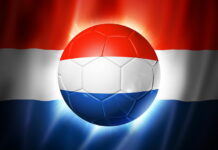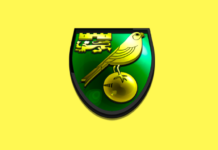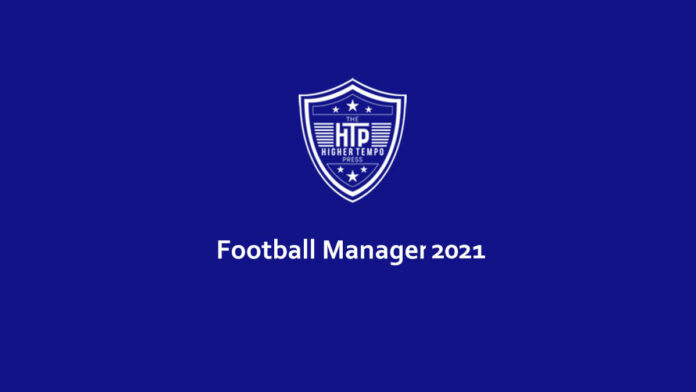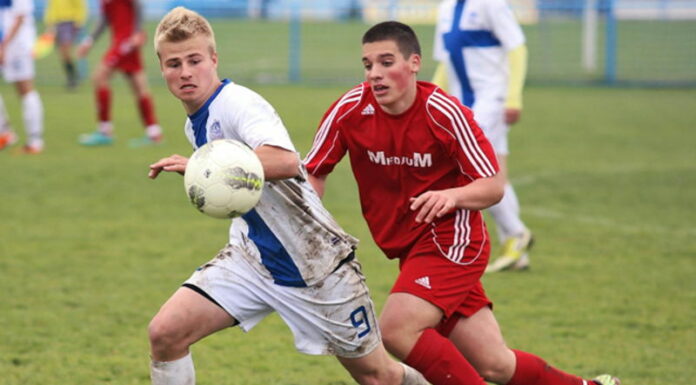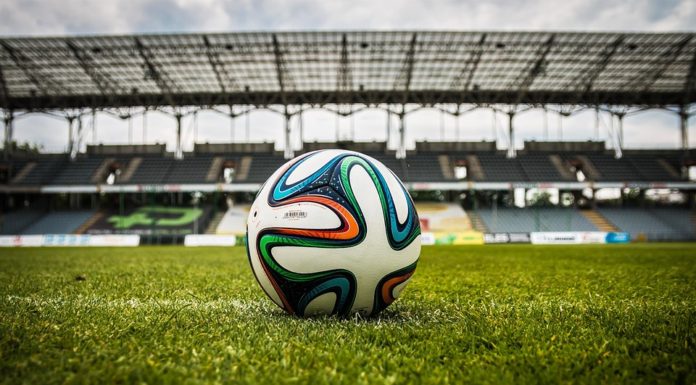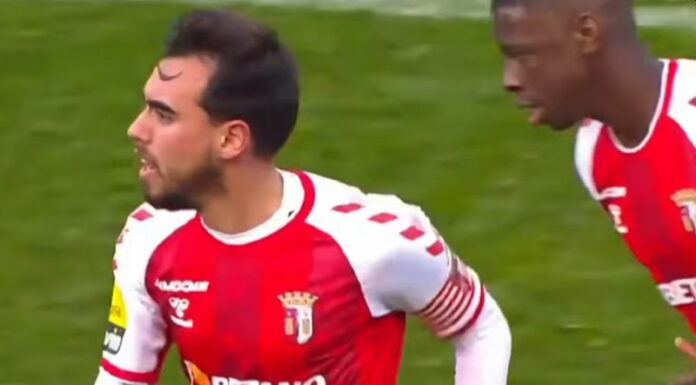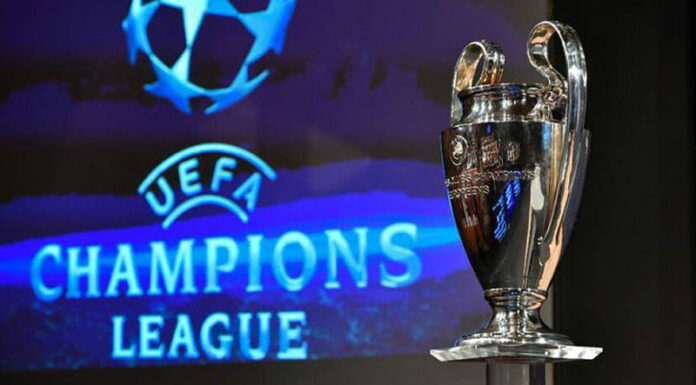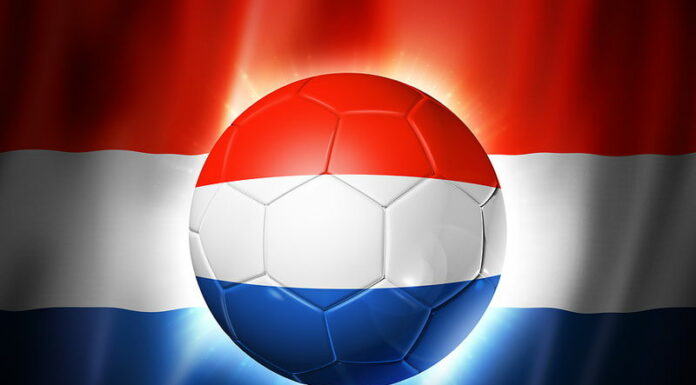This new series will take you through how to evoke the memories of classic teams over the years, recreating their tactics in Football Manager to (hopefully) win games and (definitely) have fun in the process.
Club sides, international teams, league winners, cup winners and just all-round entertainers, the series will focus on the most notable tactical styles which you can then recreate in your FM save. This week we look at one of the best World Cup teams of all time, Brazil 1970 – coached by Mario Zagallo, winner of two world cups prior to the tournament – and with some of the most iconic footballers ever seen.
The Greatest Show on Earth
This was a team bristling with individual flair. Known best for its dismantling of Italy with one of the greatest team goals of all time, the essence of the Brazil team in 1970 was the way in which each player’s individual ability combined with that of the man next to him, to create beautiful, artful football.
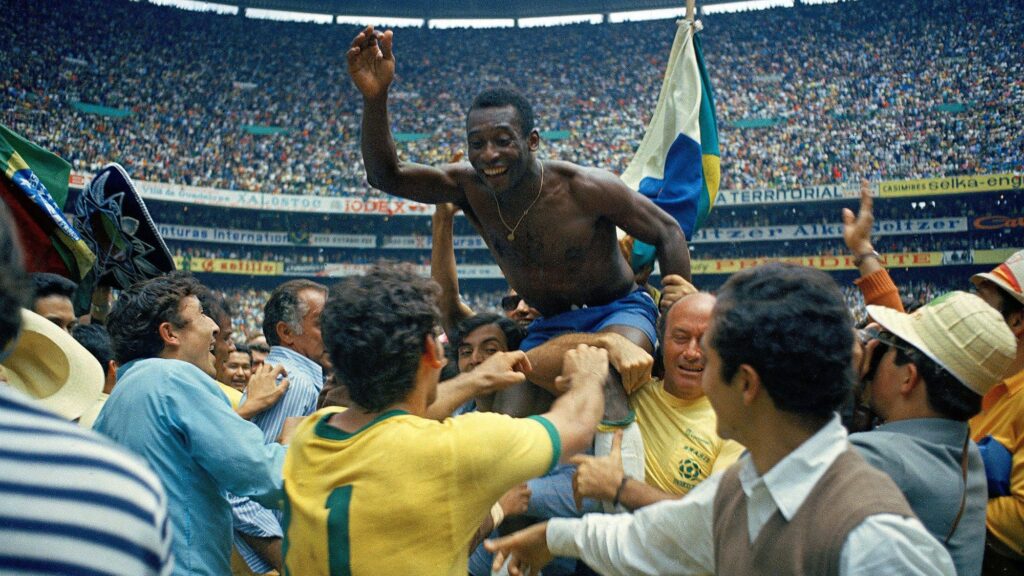
The basic outline of the team was nominally a 4-3-3, but one that swiftly became a 4-2-4 in attack, when they needed to break down the sterner defences. The great Pele was the star man, of course, causing danger whenever he picked up the ball and had a hand in almost all of Brazil’s goals in the tournament.
But the team was tactically astute, utilising the talents of the other players to dominate games. Notably, Tostao pushed the defensive line back, creating more space for the likes of Pele, the skilful Rivelino and the free-scoring Jairzinho – still the only player to score in every game at a World Cup finals. Every one of these forwards could dribble in intricate spaces – the aim therefore was to get the ball forward as quickly as possible – each player then had the confidence they could create something when there, either from a cross or strike from the edge of the box.
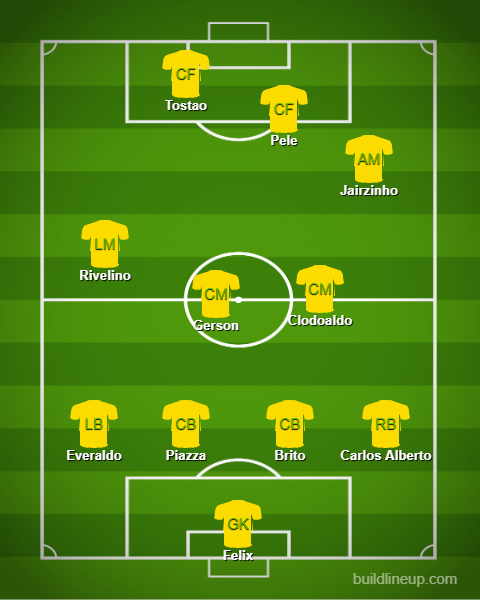
Controlling the Midfield
The front four combined pace, skill, and ruthless finishing skill to dispatch their opponents. But it was the creativity and intelligence in the midfield that supplied the attack so effectively, and dictated how the game was going to be played.
Gerson, often described as the brains of the team, tended to take a more advanced role as part of the midfield duo – himself and the (slightly) more defensive minded Clodoaldo. He looked for long passes and through balls, picking out teammates as they swarmed the opposing defence. He played the exquisite through ball for Pele’s greatest goal that never was – the dummy that sent Uruguay keeper Mazurkiewicz scrambling, before knocking the ball wide of the open goal.
While Clodoaldo was the more defensive of the two in midfield, he still had the archetypal Brazilian flair, scoring the dramatic equaliser to get back in the game against Uruguay, rushing from midfield into the box to finish. He also took on four Italian midfielders in the final, his contribution to one of the greatest goals of all time.
A Professional Defence
The Brazil team was dominated by the stars in attack. But it was built from a calm, physically imposing and – once again – skilful defence. While they had the skill and passing ability to move the ball quickly from their own final third, their primary aim was just to break up the attack and get the ball through to Gerson or out wide to Rivelino.
With the left flank dominated by Rivelino and Tostao edging wide, the right-hand side of the pitch had a lot of space to be exploited. Naturally Jairzinho pushed inside despite his right-footedness, which left a lot of room for the onrushing captain, Carlos Alberto.
It was Alberto who scored the fantastic fourth and last Brazilian goal in the final, after a team move in which 8 outfielders touched the ball. Pele then picked the ball up on the outside of the box, saw the right back powering forwards and laid it on a plate – Carlos Alberto hit the ball with sheer power and it flew into the far left corner.
Play Like Brazil
So, how do you pick the right Brazilians, and assemble them in the right way, to effortlessly lift your World Cup trophy in Football Manager?
Piazza and Brito, the centre back pairing, very much a combo of silk and steel – Brito on the left more aggressive in his play, whilst the more conservative and considerably shorter Piazza preferring to cover behind. This dynamic is best summed up in the modern team by Thiago Silva as a more conservative defender, with Luiz Felipe from Lazio on his left as the tougher tackler.
The iconic Carlos Alberto bombed forwards with every opportunity, like Cafu around 30 years later, and much like Dani Alves in the decades that followed him – Dani Alves is still Brazil’s best option for this role. On the left, Alex Sandro is primarily a defence-first full back, much like the 1970 counterpart Everaldo.
Clodoaldo was unlike many defensive midfielders we see today – tough in the tackle but a keen dribbler and not afraid to fly forwards. Whilst Casemiro and Allan may be more effective CDMs, to replicate the midfield flow of 1970, the more dynamic Fred is a much better option.
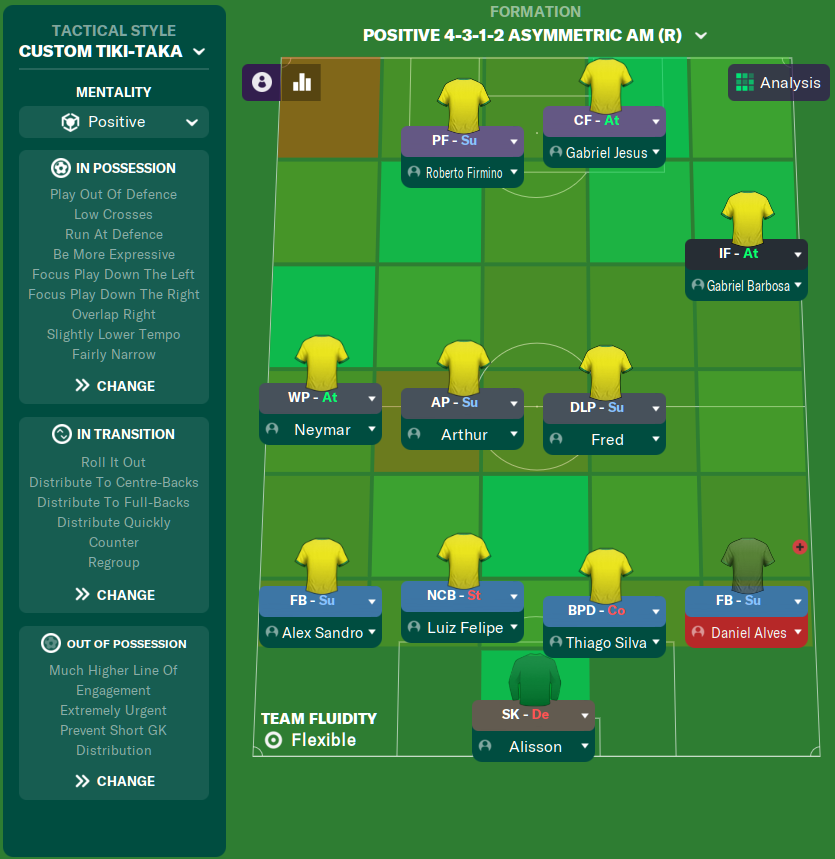
To emulate the passing range and forward movement of the left-sided Gerson in CM, I’ve gone for Arthur, a confident passer and a dynamic mover in the middle of the pitch. To the left of him is Neymar, in the Rivelino role. Whilst it felt right to put Neymar in the Pele role up top, given his talismanic properties, his skillset is much more suited to the relentless dribbling of Rivelino.
On the right, Gabriel Barbosa acts as a goalscoring winger, cutting inside like Jairzinho to get goals first, link play second. Up top then is Bobby Firmino as Tostao, pushing the defensive line back with his work rate and creating more space for his strike partner, Gabriel Jesus.
Yes, I’m comparing Jesus to Pele, not so much for goalscoring output but for style of attacking play. Both diminutive, both are excellent in the air, and both do everything they can to get a shot at goal.
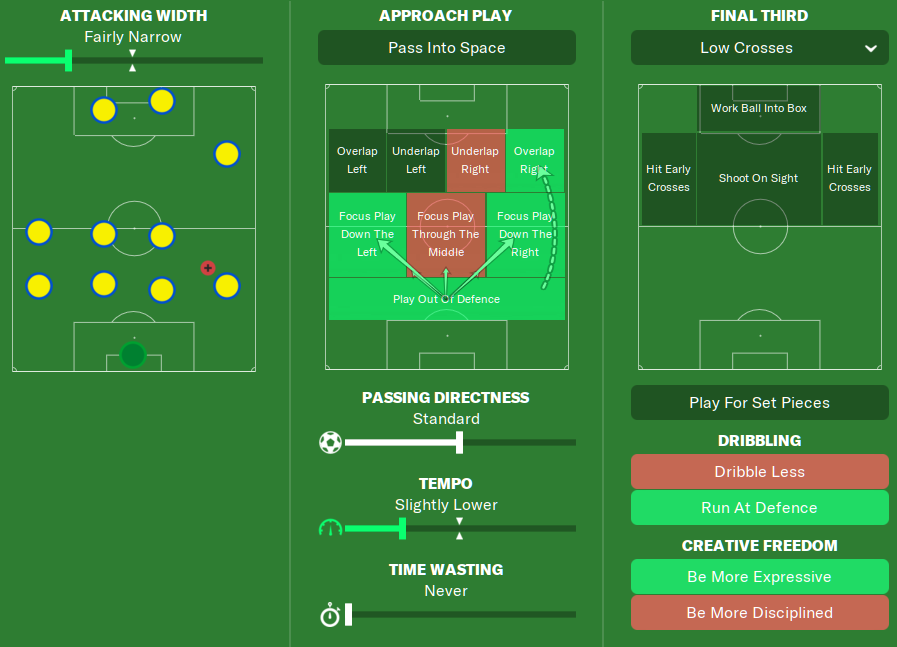
Attacking style is the essence of Brazil, run at the defence, be creative, and get the ball moving up the pitch quickly with direct passing.
Defensively, the setup is more expansive than most modern football teams. Whilst still pressing high from the front, the defensive line is a little deeper, providing more space for the midfielders to breathe and move the ball up the pitch, also then creating more space for the expressive attackers to do their thing.
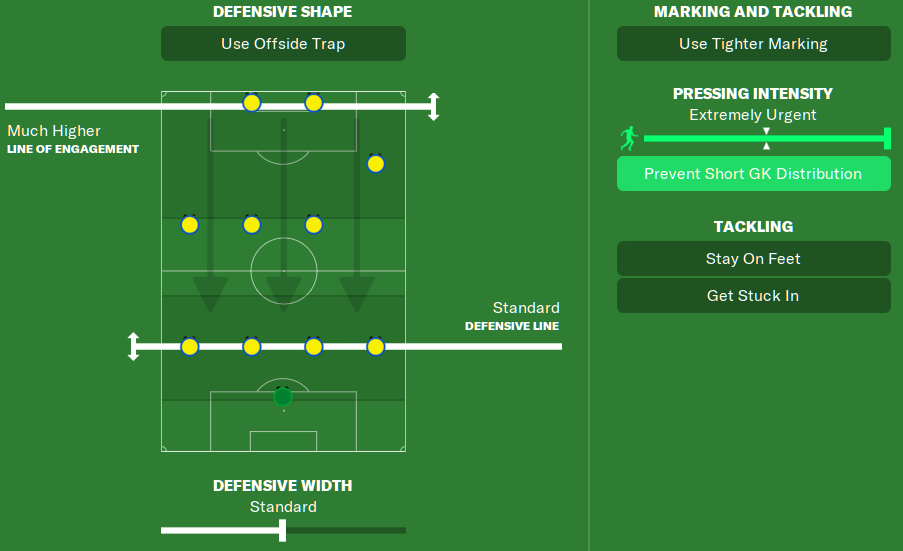
This then is most clearly outlined in these two wins over Peru and Colombia. The average positions indicate the space the midfield have with the gap between the defence and attack affording them room to develop attacks.
I also put “swap positions” into place for the LM (Neymar) and RW (Gabriel Barbosa), as the 1970 team did see fluidity between Jairzinho and Rivelino, popping up on opposite flanks to disrupt defensive blocks.
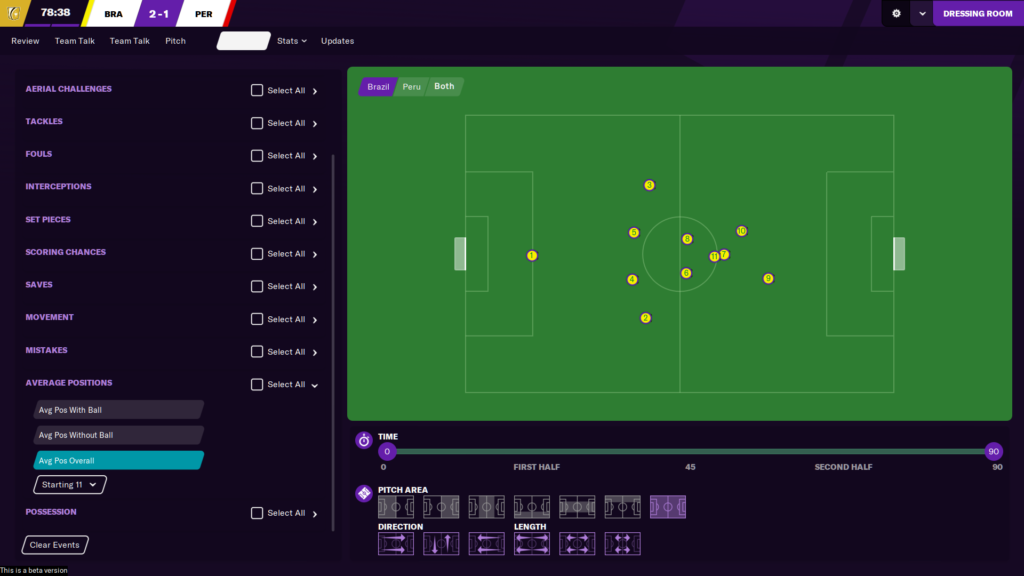
The exciting thing about this tactic is how the wingers operate. By switching positions so regularly they actually spend a lot of time in the middle of the field, overrunning the opposition. However, as they naturally do spend a lot of time also on the wing in attacking moves, it provides the width needed to stretch the defence.
This fluidity is what gave Brazil 1970 their mystical quality, it’s what won them a World Cup, and it is easily repeatable in Football Manager 2021.

